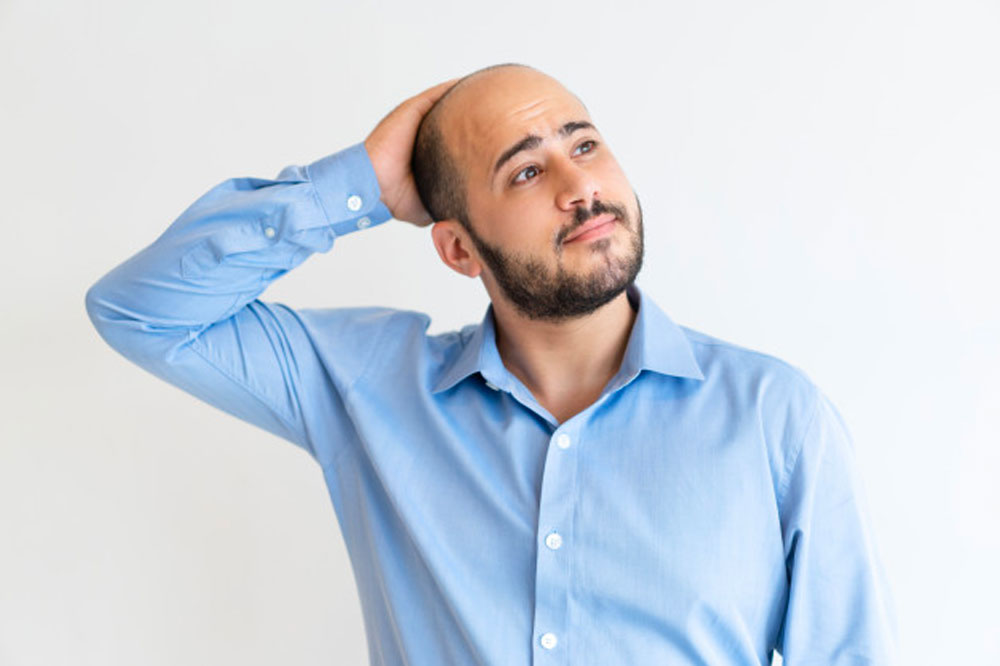
Symptoms and Treatments for Male Pattern Baldness
Male pattern baldness, also referred to as Androgenic Alopecia, is the most common type of hair loss in men. For some men, it starts developing from quite an early age while 50% of all men (over the age of 50) in the country have been found to be affected by this problem to some extent. Younger men suffering from substantial hair loss often lose their confidence and get demotivated in life. Understanding some of the symptoms and treatments of male pattern baldness can help you stay aware and seek medical attention without delay.
Symptoms of Male Pattern Baldness
- Excessive Hair Loss
Hair fall is a common problem for both men and women. It is perfectly normal to lose some strand of hair daily only to grow new ones. However, when the hair loss is rapid and in excessive amounts, then it is surely an early symptom of androgenic alopecia. - Hairline Receding from the Front
In male pattern baldness, one of the obvious symptoms is a receding hairline from the front. In the initial stages, the hair at the back of your head might look perfectly fine while the front keeps receding by the day. - Overall Thinning of Hair
For the symptoms and treatments of male pattern baldness, you need to keep in mind that the disease affects people at varying levels. For some, the problem might not be as alarming as to cause enormous hair loss. However, an overall thinning of hair is one of the most prominent and noticeable symptoms of the problem.
Treatments of Male Pattern Baldness
- Minoxidil
This is a must-mention in any topic about the symptoms and treatments of male pattern baldness. It is a topical medication applied to the scalp. It slows down hair loss and stimulates the follicles for new hair. Minoxidil takes four months to a year to produce visible results. Unfortunately, hair loss often recurs when you stop taking the medication. This medicine has side-effects. - Finasteride
Finasteride is an oral medication that slows hair loss in some men. It blocks the production of the hormone responsible for the loss. Finasteride has a higher success rate than minoxidil. When you stop taking finasteride, your hair loss will return. You must take finasteride for three months to a year before you see results. This one, too, has its share of side-effects. - Hair Transplant
Hair transplant is an alternative treatment for those highly affected by hair loss and unwilling to suffer from the side-effects of medicines. It is definitely an invasive and expensive treatment. Hair transplant works by removing hair from areas of the scalp that have active hair growth and transplanting them to thinning or balding areas of the scalp.
A discussion on the symptoms and treatments of male pattern baldness remains incomplete without a mention of the importance of counseling. It is extremely crucial to instill confidence in people with this condition, encouraging them to think beyond appearance.


